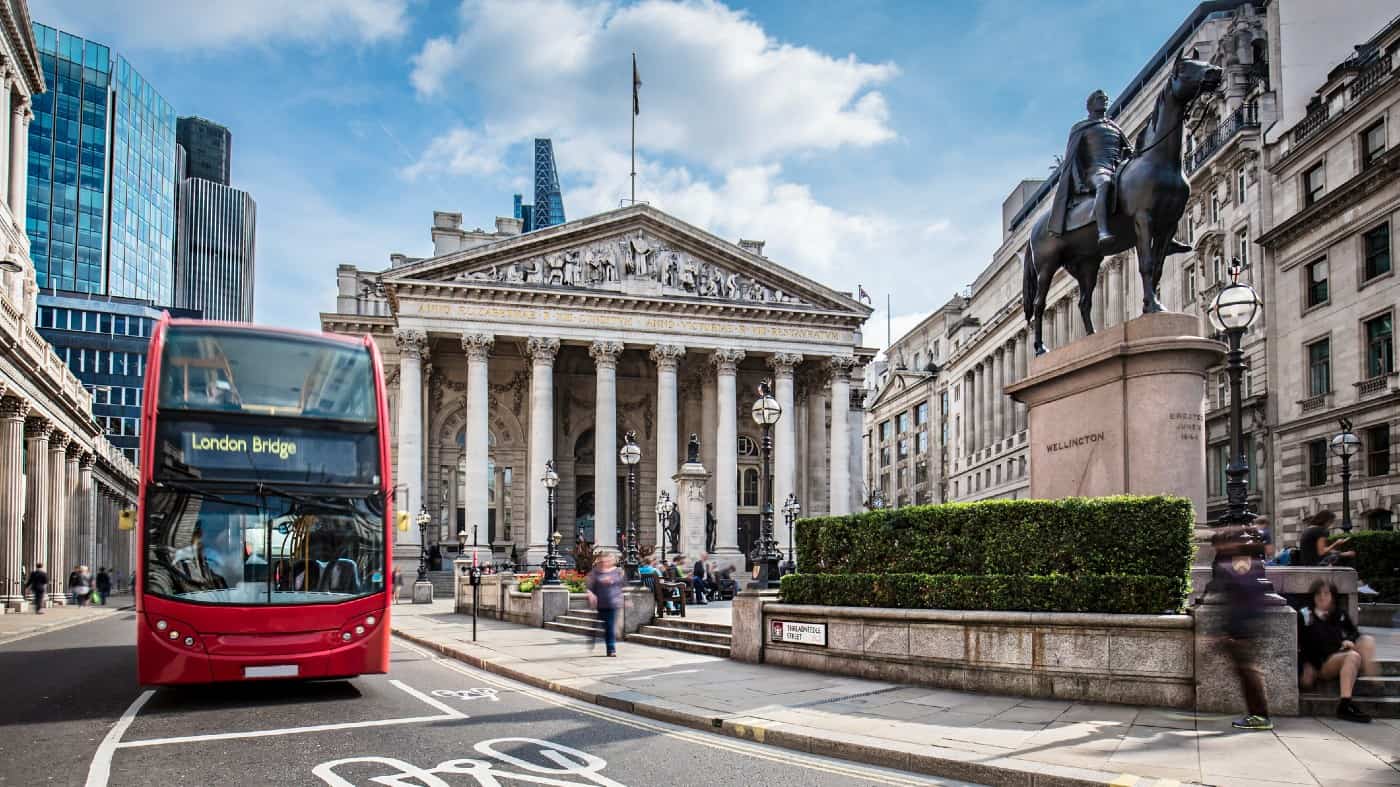Let’s say I want a £1,000 passive income each month. In other words, £12,000 a year. I could look to build this cash stream by taking advantage of the unique qualities of the UK’s primary stock index, the FTSE 100.
In this article, I’ll outline how I intend my income plan to work, including why the FTSE 100 is well-suited to this goal. Finally, I’ll work out how much I’d need to invest to earn my targeted £1,000 every month.
As mentioned, I’ll be using the London Stock Exchange‘s top index for this. I’d look to build a high-yield portfolio of market-beating dividends from the index. These payments would provide the source of my income and the Footsie is a great place to find companies that prioritise returning earnings to shareholders. Here’s why.
Should you invest £1,000 in Blackrock World Mining Trust Plc right now?
When investing expert Mark Rogers has a stock tip, it can pay to listen. After all, the flagship Motley Fool Share Advisor newsletter he has run for nearly a decade has provided thousands of paying members with top stock recommendations from the UK and US markets. And right now, Mark thinks there are 6 standout stocks that investors should consider buying. Want to see if Blackrock World Mining Trust Plc made the list?
Towering dividends
The FTSE 100 average dividend yield of 4% towers over the US’s S&P 500 at 1.6% or the Japanese Nikkei at 2.5%. In fact, Footsie dividends dwarf pretty much any other foreign market. The British index is likely the best place to find these big dividend payers worldwide.
I’ll point out that this isn’t always a good thing. Big dividends mean less money for companies to invest in growth. And growth shares that are less likely to pay dividends can be big winners too. Apple famously didn’t pay a dividend for years, keeping the money in cash to fund new opportunities. So there’s risk with this approach.
Where dividend shares shine, however, is with passive income – an income I can earn with little or no work. I could open an ISA and buy a stock today, not look at it for 10 years, then log in to my account to see a decade of dividend payments. That’s truly ‘passive’, if you ask me.
I’ll point out that while the income is passive, finding the right stocks to invest in requires a bit of elbow grease. Good research is key, and finding high-quality gems will reward me more than picking a few duds, although picking the wrong stocks remains a huge risk.
Key metrics
By understanding key metrics like free cash flow, debt-to-equity ratio and return on capital invested – or taking advice from those who do – I can filter companies that I believe will offer me generous dividends for years to come. I can avoid risky investments too.
I can lower my risk further with sensible diversification of my portfolio. In other words, I wouldn’t put all my eggs in one basket. Rather, I’d look for broad investments across sectors and geographies.
Diversification is another area where the FTSE 100 excels. While it’s certainly a British index with many local companies, London is home to big global names like HSBC, Shell and Unilever. Indeed, 80% of FTSE 100 revenues come from overseas, so I’m not tying myself up with the UK economy to achieve my goal of passive income.
How much would I need?
So, let’s return to my £1,000 monthly goal. How much would I need to invest here? Well, it comes down to my rate of return. As a starting point, a 4% dividend would need a £300,000 investment to pay out £12,000 each year.
But remember, that’s the average dividend. If I’m focusing on high yields then I can aim for companies that can pay out 6%, 7% or perhaps more, especially if I take capital gains into account as well.
| Withdrawal Rate | Yearly return | Capital needed |
| 4% | £12,000 | £300,000 |
| 5% | £12,000 | £240,000 |
| 6% | £12,000 | £200,000 |
| 7% | £12,000 | £171,428 |
| 8% | £12,000 | £150,000 |
| 9% | £12,000 | £133,333 |








